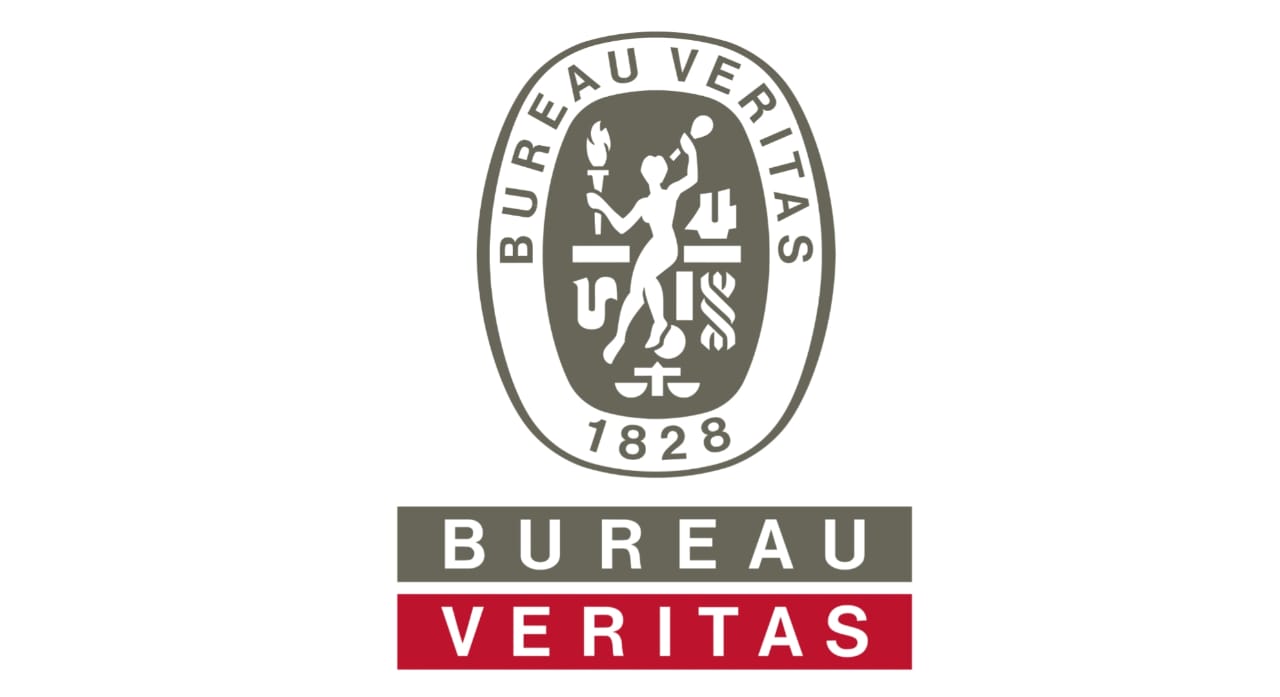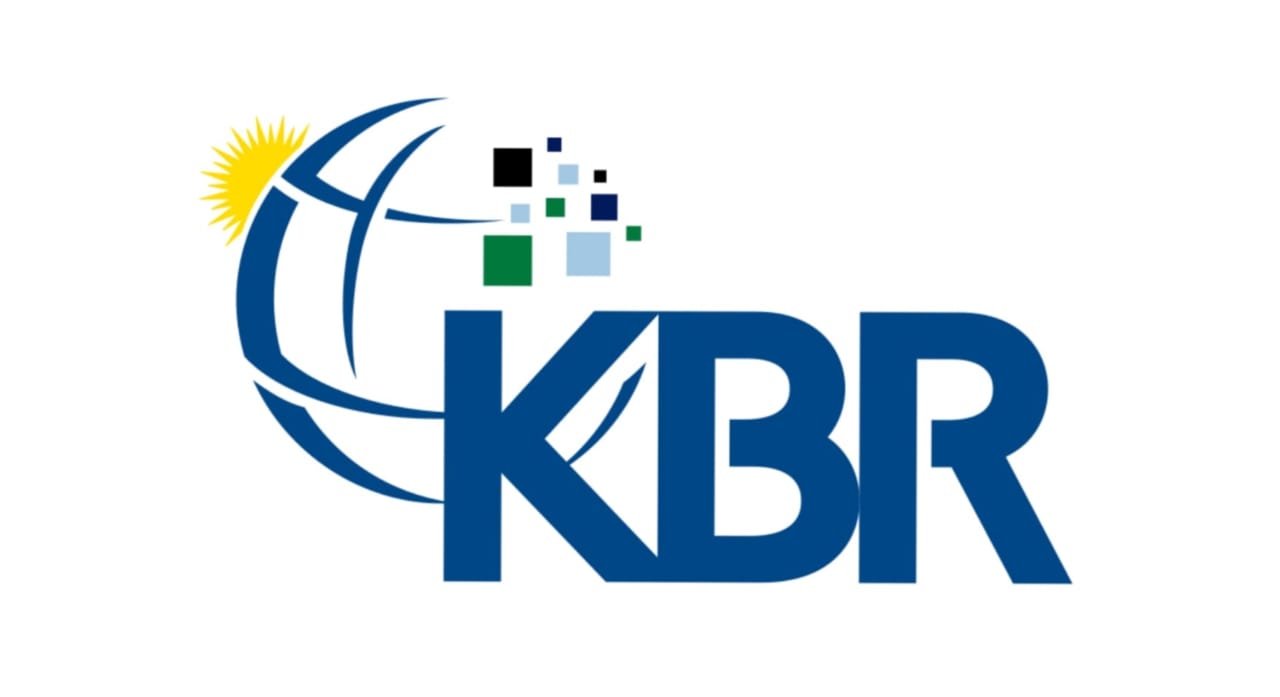Wireless LAN

Request A Demo Today
Please do not hesitate to contact us if you have any queries.
Wireless LAN
Wireless LAN (Local Area Network) refers to a network that uses wireless communication methods, typically Wi-Fi, to connect devices within a limited area like a home, office, or campus. It allows devices such as computers, smartphones, and tablets to connect to the network and communicate with each other without physical cables. Effective implementation and management of a Wireless LAN in security systems can significantly enhance the reliability and functionality of the security infrastructure. In security services systems, Wireless LANs (Wi-Fi networks) play a critical role in providing connectivity for various security devices and systems.
Typically they are used in :
1. Surveillance Cameras: Many modern security cameras are equipped with Wi-Fi capabilities, allowing them to transmit video feeds to a central monitoring system without the need for wired connections.
2. Alarm Systems: Wireless alarm systems can use Wi-Fi to communicate alerts and status updates to monitoring centers or to mobile apps.
3. Access Control: Wireless access control systems use Wi-Fi to manage and monitor access points, such as doors and gates, and to integrate with other security systems.
4. Sensors and Detectors: Devices like motion sensors, door/window contacts, and smoke detectors can be part of a wireless LAN, providing real -time data to the central system.
5. Integration with Smart Devices: Wi-Fi enables integration with smart home systems, allowing security systems to interact with other smart devices, like lights and thermostats, to enhance security.
Security Considerations:
• Encryption: Use WPA3 or WPA2 encryption to protect the data transmitted over the network.
• Network Segmentation: Keep the security network separate from other networks to minimize risks.
• Regular Updates: Ensure that all devices and network components are regularly updated to protect against vulnerabilities.
• Strong Authentication: Use strong passwords and multi-factor authentication for network access.
Components of Wireless LAN
1. Access Points (APs): These devices connect to the wired network and broadcast the wireless signal, allowing devices to connect to the network. Modern APs often support multiple frequencies (2.4 GHz and 5 GHz) and advanced features like beamforming.
2. Wireless Clients: These include laptops, smartphones, tablets, and other devices equipped with wireless network interfaces that connect to the WLAN.
3. Routers: Often serving as both a router and an access point, routers manage the traffic between the WLAN and the internet or other networks.
4. Switches: In some setups, switches connect access points to the wired network infrastructure, managing data flow and enhancing network performance.
Advantages of Wireless LAN
1. Flexibility and Mobility: Wireless LANs eliminate the need for physical cables, allowing users to connect and move freely within the network’s range. This is particularly beneficial in environments like offices, where employees can work from various locations without being tethered to a specific spot.
2. Ease of Installation: Setting up a WLAN is generally quicker and less labor
intensive than installing wired networks. This simplicity extends to adding new devices or expanding the network.
3. Cost-Effectiveness: While initial setup costs can be high, WLANs can reduce long-term costs associated with network maintenance and infrastructure changes.
4. Scalability: WLANs can easily be scaled to accommodate more devices or extended coverage areas by adding additional access points.
Wireless LANs have transformed the landscape of networking by providing flexibility, mobility, and ease of use. From their early beginnings to the cutting-edge technology of today, WLANs have evolved to meet the growing demands of users and organizations. As technology continues to advance, the role of WLANs will likely expand further, driving innovation and improving connectivity across various domains. However, maintaining robust security practices will remain a critical aspect of ensuring the continued success and reliability of Wireless LANs in our interconnected world.







